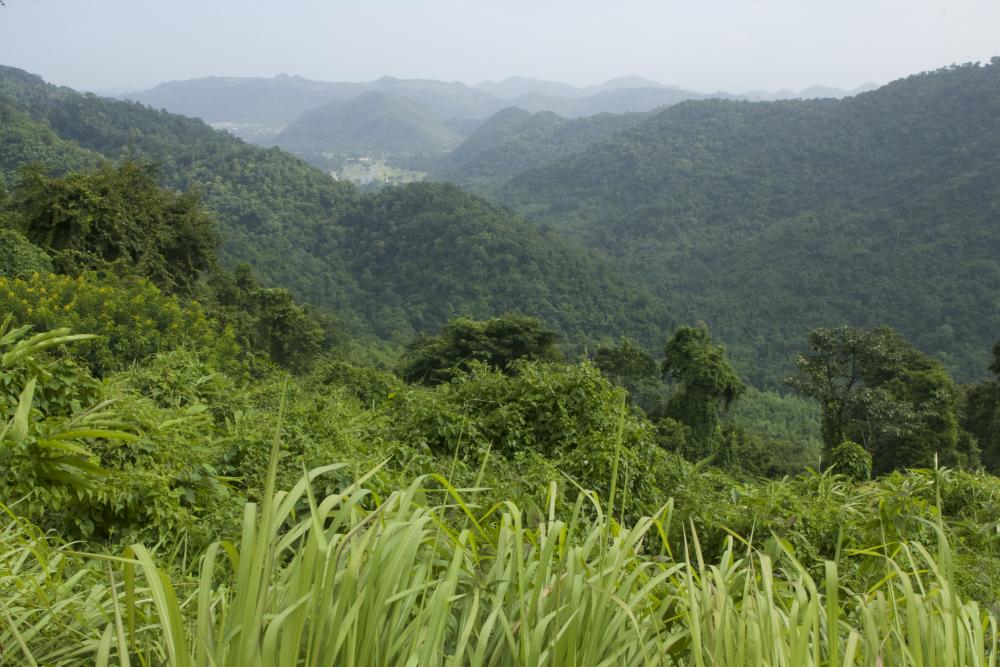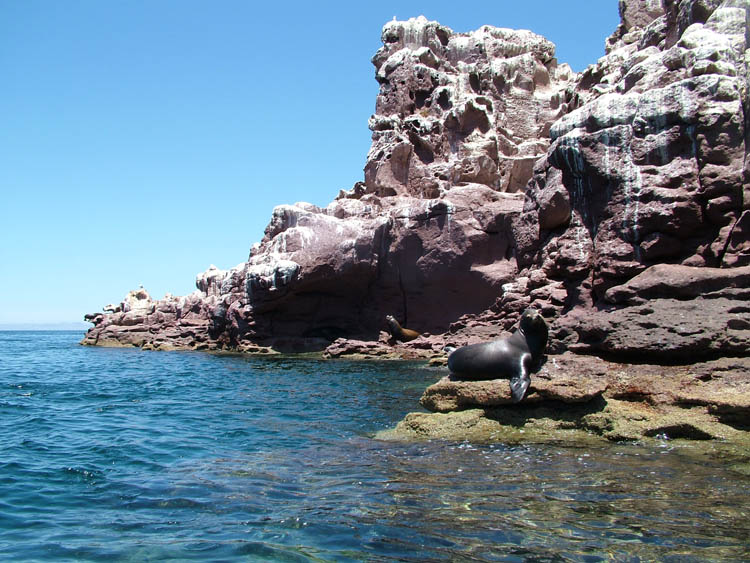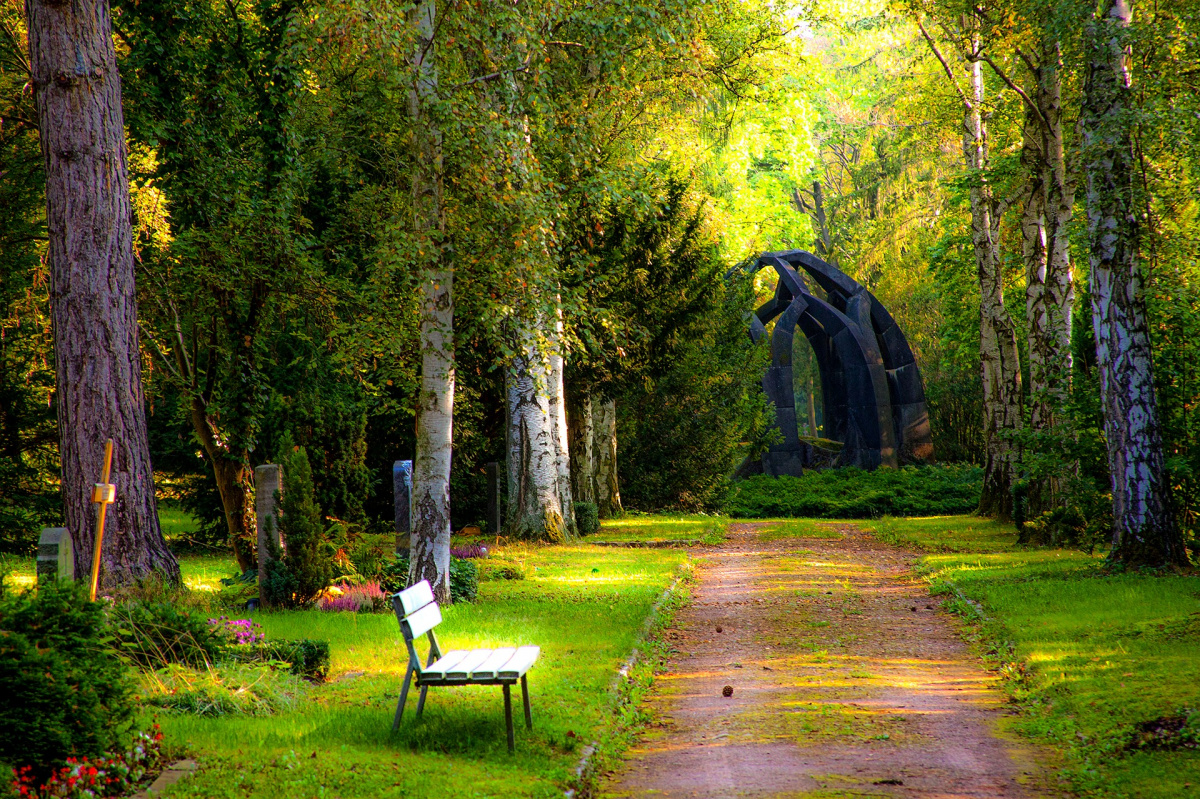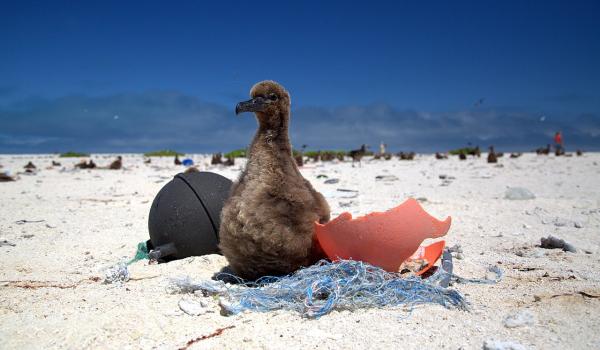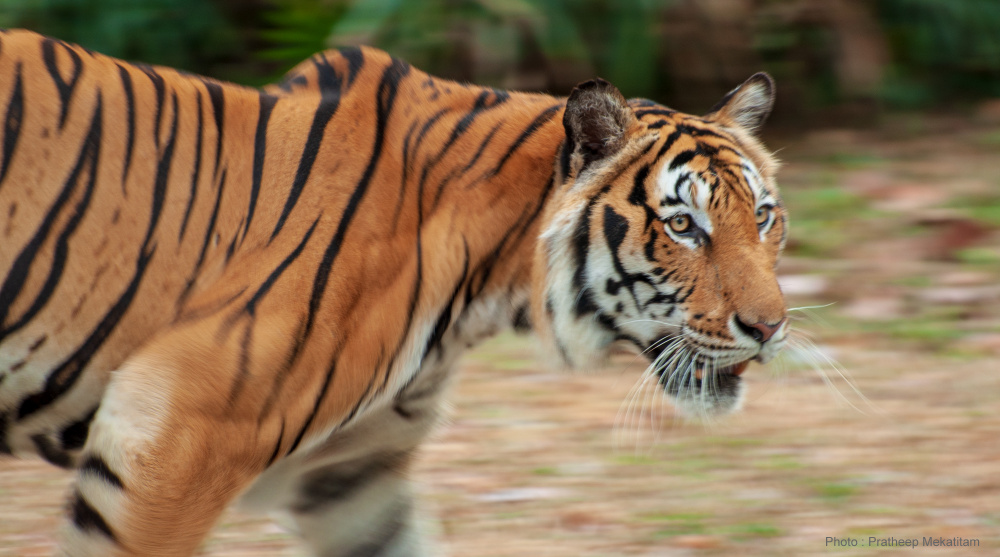Wildlife trade and dams putting natural World Heritage at risk – IUCN
Natural World Heritage sites face major threats, such as commercial logging, poaching, gillnet fishing and dams, according to the International Union for Conservation of Nature (IUCN). In its recommendations to the World Heritage Committee, which meets in July, IUCN has advised that three natural World Heritage sites be listed as “in danger”.
“When pressures on the planet’s outstanding natural sites exceed the strong protection expected under the World Heritage Convention, additional action is needed,” says Tim Badman, Director of IUCN’s World Heritage Programme. “The Danger List is a constructive mechanism that can mobilise the international community to act on severe issues threatening natural World Heritage sites.”
In reports published today, IUCN recommends placing one site on the List of World Heritage in Danger, Talamanca Range-La Amistad Reserves / La Amistad National Park along the border of Panama and Costa Rica, due to new and existing dam projects affecting the site. Two other natural sites could be danger-listed following IUCN’s recommendations released on 27 May – Dja Faunal Reserve in Cameroon due to elephant poaching and dam development, and Dong Phayayen-Khao Yai Forest Complex in Thailand due to illegal logging and trafficking of Siamese Rosewood.
The reports also reveal a number of natural sites are vulnerable to serious threats and propose the implementation of urgent measures, without which danger-listing could be considered in the near future.
Plans by the Polish government to undertake logging in Bialowieza Forest could disturb the natural ecological processes that are part of the World Heritage values of the site and, if implemented, could provide the basis for listing the site as ‘in danger' in 2017. Recognised as a cross-border site shared by Poland and Belarus, Bialowieza is an immense primeval forest – one of the few remaining on the European continent.
In the Islands and Protected Areas of the Gulf of California, in Mexico, gillnet fishing is threatening the vaquita – the smallest and most endangered species of porpoise – with imminent extinction, as well as the totoaba whose swim bladder is in high demand in Asia. Recommended measures include sending an IUCN mission to evaluate the situation and implementing a broader response from the international community to halt illegal trade in totoaba swim bladder.
Natural sites where IUCN’s recommendations mention possible danger-listing in 2017 include the Natural and Cultural Heritage of the Ohrid Region (FYR of Macedonia), Cerrado Protected Areas: Chapada dos Veadeiros and Emas National Parks (Brazil), Golden Mountains of Altai (Russian Federation), and Natural System of Wrangel Island Reserve (Russian Federation)
Recommendations to the World Heritage Committee on over 60 natural sites have been prepared this year by IUCN, in collaboration with UNESCO. Despite their high recognition, iconic sites are not immune to threats, such as impacts from tourism in the Galapagos Islands, and concessions for uranium mining close to the Grand Canyon National Park.
As the advisory body on natural World Heritage, IUCN has also evaluated 17 proposals to inscribe new areas, or extend and modify natural areas already on the World Heritage List. IUCN recommends inscribing five new areas on the World Heritage List.
The World Heritage Committee takes the final decisions during its annual meeting, which is taking place this year in Istanbul, Turkey from 10 to 20 July.

